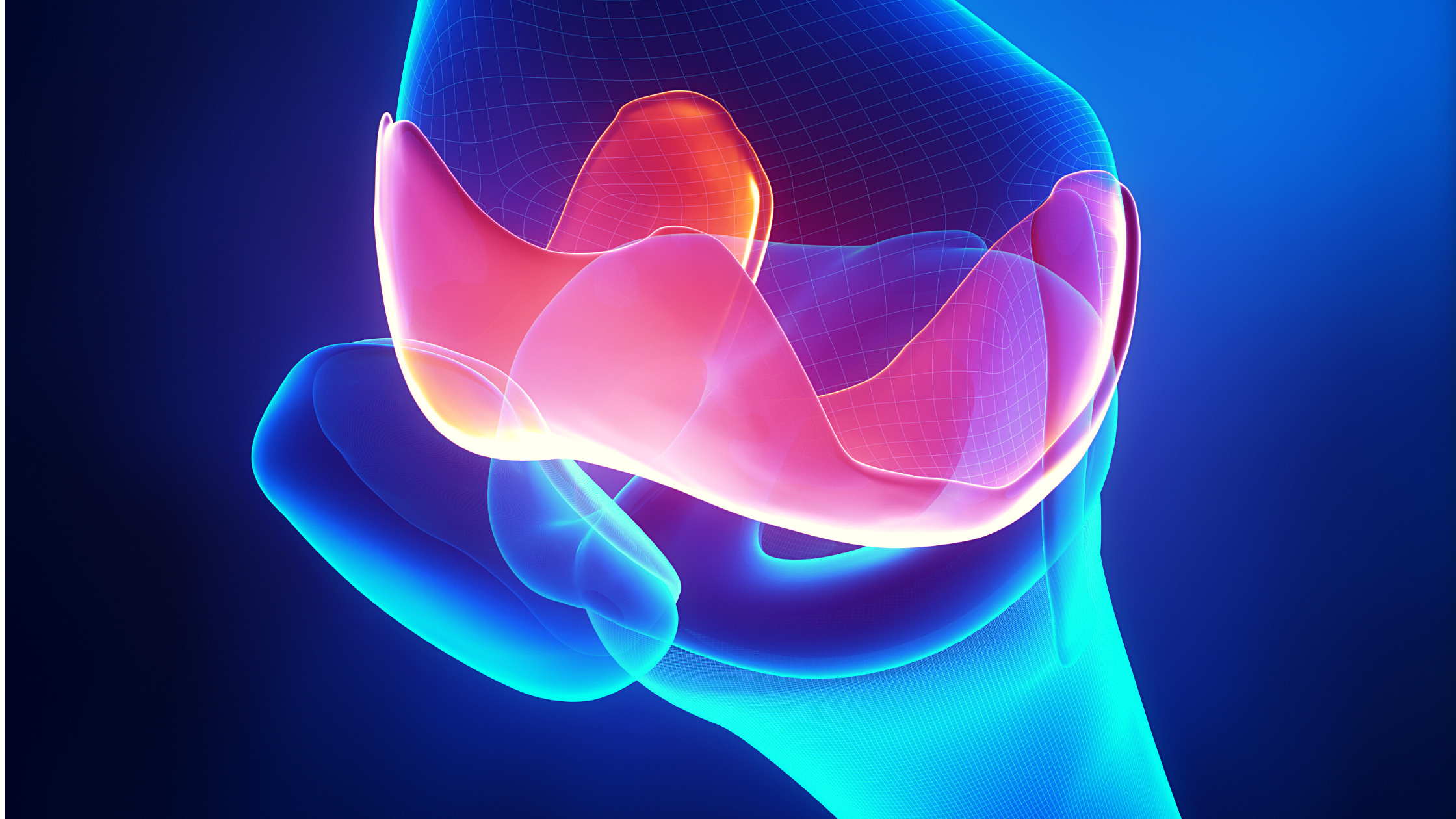What is Knee Osteoarthritis?
Osteoarthritis (OA) is the wear-and-tear variety of arthritis, also known as "degenerative arthritis." Knee osteoarthritis is one of the primary causes of disability in our country.
Osteoarthritis develops primarily from the following:
Participating in activities that stress the joint
Injuring the joint
Genetic predisposition
Being overweight and putting an excessive strain upon the joint
A couple of generations ago, there was little we could do for knee osteoarthritis. But now we have many ways to attack the problem to provide relief from pain and enhance your quality of life.
These days, we are even able restore a high level of activity to those suffering greatly from “OA.” If conservative treatments don't work, there is always the option of total knee replacement to ensure you are living the quality of life you want to live!
In this article, we'll cover the following:
Why and how people develop knee osteoarthritis
Symptoms of knee osteoarthritis
How we as surgeons can treat the condition
Symptoms of Knee Osteoarthritis
Although the symptoms of knee osteoarthritis are fairly consistent, they do have a tendency to develop and grow over time, so if you notice your symptoms worsening gradually, take heed.
Here are the main symptoms of knee osteoarthritis:
Stiffening of the knee
Pain
Swelling
Since this is a wear-and-tear condition that progresses over time, you may first notice pain after an activity such as walking or jogging. Stiffness and more pain may follow after you sit down and rest.
As the disease develops further, you may feel the pain that upends your daily life. And in the later stages, pain may be continuous and make it difficult to sleep.
When it gets to the point when your quality of life is being severely comprimised, it’s definitely time to consult a specialist to discuss your options.
How Does the Loss of Articular Cartilage Impact The Knee?
The degeneration of articular cartilage is the primary cause of knee osteoarthritis. Known as the cushion cartilage of our knee, articular cartilage is the smooth lining covering the ends of the leg where the bones meet at the knee joint.
Articular cartilage is what allows the knee joint to move with decreased friction. You can see why the degeneration of this cartilage causes problems.
Without the freedom to enjoy the gliding function present with healthy cartilage, bone rubs against bone, resulting in arthritis and other issues.
Why Does Knee Osteoarthritis Develop?
Injuries:
Suffering a major knee injury could bring on knee osteoarthritis.Injuries and conditions that may lead to knee osteoarthritis include joint fractures, ligament tears, and injuries to the meniscus.
Genetics
There is evidence that some people are more prone to develop knee osteoarthritis based upon genetic predisposition.
Physical Condition
Being Overweight is a major contributor to knee osteoarthritis
How Losing Weight Can Help with Knee Osteoarthritis
Being obese is a major factor that contributes to knee osteoarthritis. Excess weight contributes greatly to the wear and tear that the knees must undergo due to the extra weight on the body.
Some studies say that just losing ten pounds can reduce your risk of knee osteoarthritis by 50%. Just another reason to adopt a healthy plan of exercise and diet moderation! surgeons would have a lot less work around the country if the obesity rate went down.
What Can You Do Before Considering Surgery?
Knee osteoarthritis is now the major diagnosis for knee replacement surgery. And while a lot of the treatments do help slow the progression of arthritis, unfortunately, no cure exists for osteoarthritis.
When considering an exercise plan, the most important thing is to begin doing low impact aerobic exercises such as swimming, biking, elliptical machines. This not only maintains a healthy cardiopulmonary status - the heart and lungs - it also decreases the forces felt across the joint. It's those forces that cause the pain in the joint.
Overall, it's vital to exhaust all non-operative treatments before pursuing any type of surgical intervention. Routinely patients who tell me they had surgery and it still hurts say they feel they may have had surgery too soon.
Artificial Total Knee Replacement For Knee Osteoarthritis
Once non-operative treatments start to fail and are no longer beneficial for you, that's when we start talking about total knee replacement. It's important to remember - comparing medicine as a whole and looking at all subspecialties in medicine - total knee replacements have some of the best track records in all of medicine.
Goals for a total joint replacement are to provide you with a painless functional joint that allows you to return to enjoying the things you love to do.
Candidates for total joint replacement traditionally were low demand, debilitated, elderly patients. But as modern advances have improved our technology, anyone over 65 with end-stage arthritis is a candidate for a joint replacement.
The reason why we separate the 65 from the 45 years old age group is that knee replacements typically last ten years. Some studies say 80 percent last 20 years.
So that's why we want to try and get patients a little farther along before they have a joint replacement. Some patients need joint replacement surgery very early on in life because of the hand they were dealt.
Again, the most important thing is that they have tried and exhausted non-operative management.







